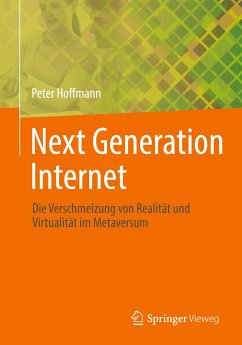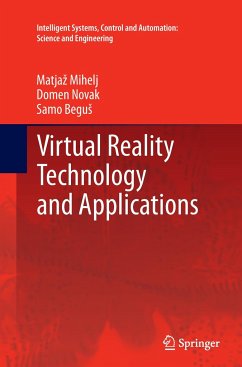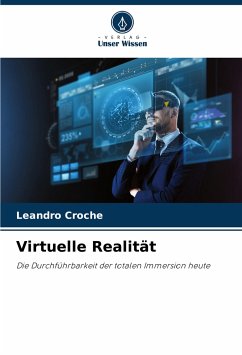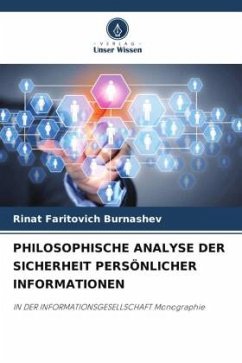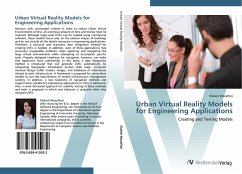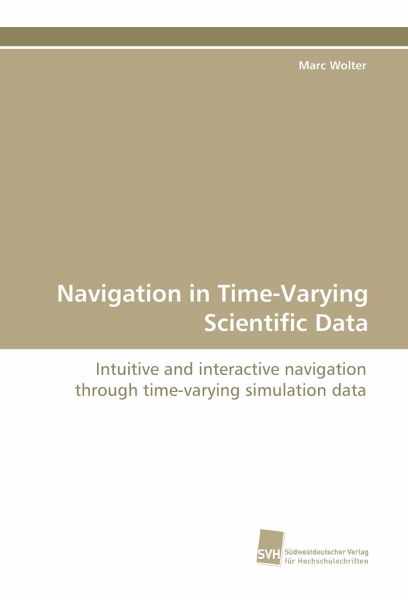
Navigation in Time-Varying Scientific Data
Intuitive and interactive navigation through time-varying simulation data
Versandkostenfrei!
Versandfertig in 6-10 Tagen
53,99 €
inkl. MwSt.

PAYBACK Punkte
27 °P sammeln!
The temporal resolution of today's simulated scientific data sets is constantly growing. Simulations spanning thousands of discrete time steps are common these days; simulations with a much higher resolution exist. The growing amount of discrete time steps leads to significant problems, particularly concerning the navigation through such data sets. This book presents a set of techniques (from 3D user interfaces to parallel computing) that together enable an intuitive, interactive, and accurate navigation through time-varying scientific data. Because Virtual Reality (VR) has shown to be an effe...
The temporal resolution of today's simulated scientific data sets is constantly growing. Simulations spanning thousands of discrete time steps are common these days; simulations with a much higher resolution exist. The growing amount of discrete time steps leads to significant problems, particularly concerning the navigation through such data sets. This book presents a set of techniques (from 3D user interfaces to parallel computing) that together enable an intuitive, interactive, and accurate navigation through time-varying scientific data. Because Virtual Reality (VR) has shown to be an effective tool in the analysis of complex, spatio-temporal phenomena, the focus lies on analysis scenarios within virtual environments.



